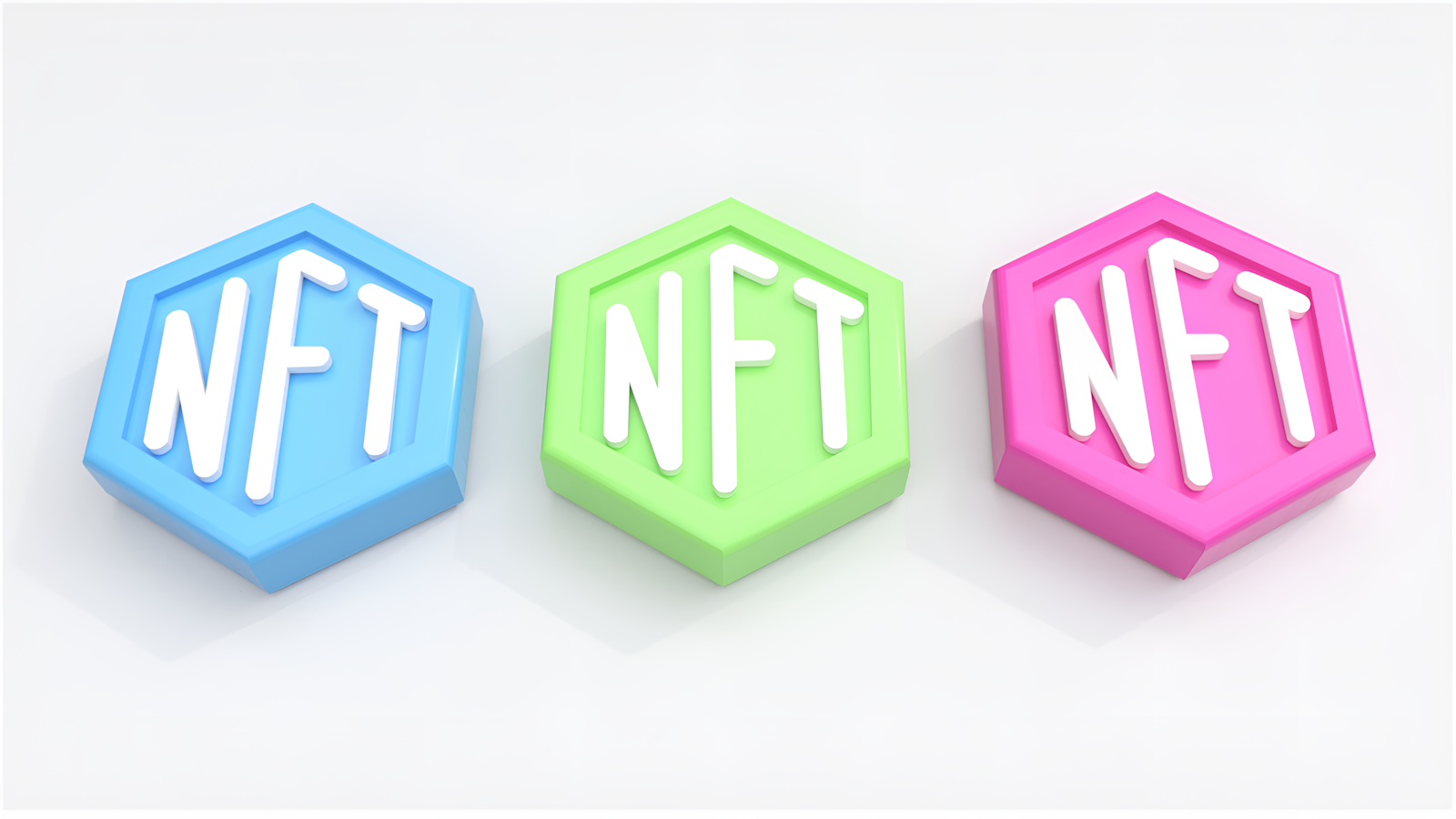Understanding ERC-721: The Standard for Non-Fungible Tokens (NFTs)
 Jeremiah Samuel
Jeremiah Samuel
ERC-721 is a token standard used for the creation and management of non-fungible tokens on the Ethereum network. Unlike fungible and interchangeable tokens created using the ERC20 standard, ERC721 tokens are unique, indivisible, and cannot be replicated. NFTs fall into this category, representing a wide range of assets from digital artwork and collectibles to virtual real estate and in-game items. It’s important to note that ERC721 was developed to address the inability of ERC20 to track NFT assets, primarily due to their non-fungibility.
How ERC721 Works
It's worth noting that every NFT contains metadata about its properties, ownership history, and other details. This standard consists of a set of functions that developers can implement in their smart contracts to create, transfer, and manage NFTs. These functions enable the creation of unique tokens with their own metadata, distinguishing them from one another.
Developers use key methods to write ERC721 smart contracts. Every NFT smart contract should include the following:
function balanceOf(address _owner) external view returns (uint256);
function ownerOf(uint256 _tokenId) external view returns (address);
function safeTransferFrom(address _from, address _to, uint256 _tokenId, bytes data) external payable;
function safeTransferFrom(address _from, address _to, uint256 _tokenId) external payable;
function transferFrom(address _from, address _to, uint256 _tokenId) external payable;
function approve(address _approved, uint256 _tokenId) external payable;
function setApprovalForAll(address _operator, bool _approved) external;
function getApproved(uint256 _tokenId) external view returns (address);
function isApprovedForAll(address _owner, address _operator) external view returns (bool);
Key Features of ERC-721
Unique Identifiers: Every token created using the ERC-721 standard possesses a unique identifier, ensuring that each token is distinguishable from others on the blockchain. This uniqueness is vital for accurately representing individual assets.
Ownership and Transferability: ERC-721 tokens can be owned and transferred between addresses on the Ethereum blockchain. Ownership is cryptographically secured by private keys, and ownership transfers are recorded on the blockchain, providing a transparent and immutable record of ownership history.
Metadata: ERC-721 tokens allow for the inclusion of metadata, describing various attributes of the asset represented by the token. This metadata can include information such as the creator of the asset, its title, description, image, or any other relevant data.
Decentralized Applications (DApps): ERC-721 tokens have facilitated the development of decentralized applications (DApps) that leverage unique digital assets. These applications can range from digital art marketplaces and gaming platforms to platforms for trading virtual collectibles.
Interoperability: ERC-721 tokens are compatible with other Ethereum standards, enabling interoperability with various decentralized exchanges, wallets, and applications within the Ethereum ecosystem.
Use Cases of ERC-721 Tokens
ERC721 has been implemented in various ways, with popular examples including Cryptokitties, Cryptopunks, BAYC, Decentraland, and many others. Some popular use cases explored include:
Digital Art and Collectibles: NFTs have enabled artists, musicians, and designers to tokenize their digital artworks and sell them as NFTs on specialized platforms. This provides a new way for them to monetize their works and address copyright infringements.
Gaming and Virtual Reality: In the realm of games and virtual reality, NFTs serve as in-game assets for game developers, representing in-game items, characters, and land ownership within virtual worlds. Players can buy, sell, trade, and transfer their assets freely.
References:
Ethereum Improvement Proposal 721: https://eips.ethereum.org/EIPS/eip-721
Ethereum Developer Documentation - ERC-721: https://ethereum.org/developers/docs/standards/tokens/erc-721
ThirdWeb Blog - What is ERC721 NFT?: https://blog.thirdweb.com/what-is-erc721-nft/#:~:text=The%20ERC%2D721%20standard%20consists,them%20distinguishable%20from%20one%20another.
OpenZeppelin Documentation - ERC721: https://docs.openzeppelin.com/contracts/3.x/erc721
Subscribe to my newsletter
Read articles from Jeremiah Samuel directly inside your inbox. Subscribe to the newsletter, and don't miss out.
Written by
